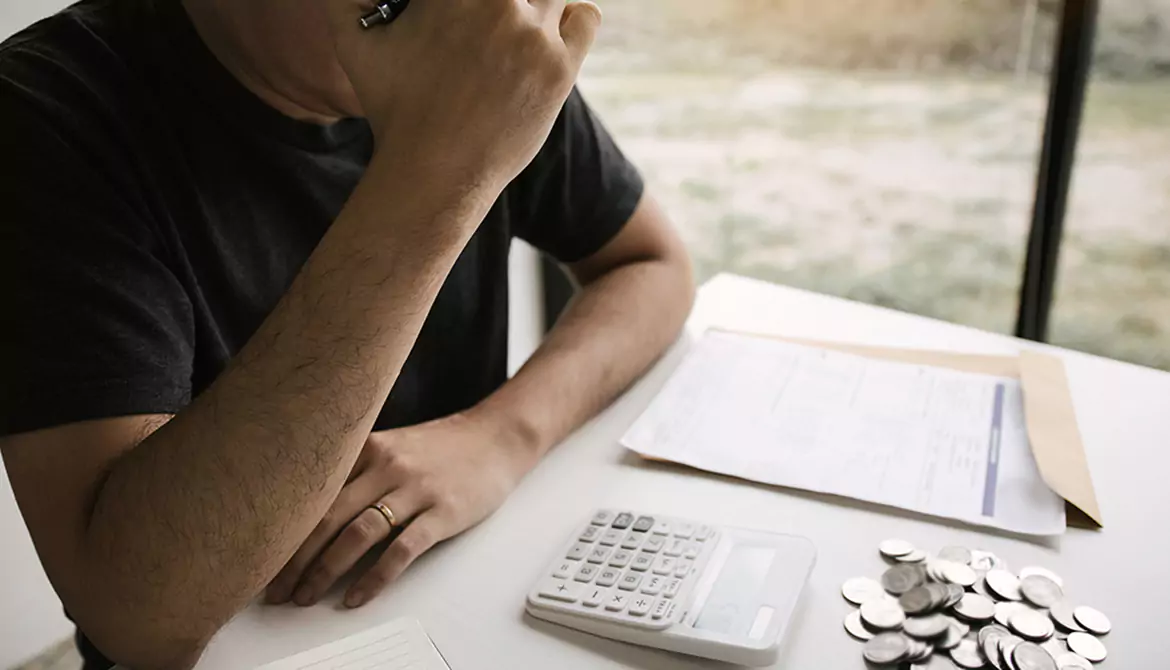In today’s unpredictable world, having an emergency fund is more important than ever. An emergency fund serves as a financial safety net, providing peace of mind during unexpected situations such as job loss, medical emergencies, or urgent home repairs. This article will guide you through the steps to build an emergency fund effectively, even in uncertain times.
Why You Need an Emergency Fund
1. Financial Security
An emergency fund offers a cushion against financial shocks. It allows you to cover unexpected expenses without resorting to credit cards or loans, which can lead to debt accumulation. Having this fund ensures that you can handle emergencies without derailing your financial stability.
2. Peace of Mind
Knowing that you have money set aside for emergencies can significantly reduce stress. This peace of mind allows you to focus on other aspects of your life, such as work, family, and personal goals, without the constant worry of financial instability.
3. Flexibility in Decision-Making
With an emergency fund, you have the flexibility to make better financial decisions. Whether it’s taking a job that pays less but offers better work-life balance or pursuing further education, having a financial cushion allows you to make choices that align with your long-term goals.
How Much Should You Save?
A common guideline is to aim for three to six months’ worth of living expenses in your emergency fund. However, the exact amount can vary based on individual circumstances, such as job stability, income level, and personal comfort. Here are some factors to consider:
- Job Security: If you work in a stable industry, you may need less saved compared to someone in a volatile job market.
- Dependents: If you have children or other dependents, consider saving more to cover their needs during emergencies.
- Health Considerations: If you have ongoing medical expenses, it may be wise to save more to cover potential health-related emergencies.

Steps to Build Your Emergency Fund
1. Set a Clear Goal
Start by determining how much you want to save for your emergency fund. Break this goal down into manageable milestones. For example, if your target is $6,000, aim to save $1,000 at a time. Setting clear, achievable goals will keep you motivated.
2. Create a Budget
To build your emergency fund, you need to know where your money is going. Create a budget that outlines your income and expenses. Identify areas where you can cut back, such as dining out or subscription services, and redirect those funds into your emergency fund.
3. Open a Separate Savings Account
Consider opening a dedicated savings account for your emergency fund. This account should be separate from your regular checking and savings accounts to reduce the temptation to dip into your fund for non-emergencies. Look for a high-yield savings account to earn interest on your savings.
4. Automate Your Savings
Set up automatic transfers from your checking account to your emergency fund savings account. Automating your savings makes it easier to build your fund consistently without having to think about it. Treat your savings like a recurring bill that you must pay each month.
5. Start Small and Increase Gradually
If you’re starting from scratch, don’t feel pressured to save a large amount immediately. Begin with small, manageable contributions and gradually increase them as your financial situation improves. Even saving $50 a month can add up over time.
6. Use Windfalls Wisely
Whenever you receive unexpected money, such as a tax refund, bonus, or gift, consider allocating a portion of it to your emergency fund. This can give your savings a significant boost and help you reach your goal faster.
7. Monitor Your Progress
Regularly review your emergency fund to track your progress. Celebrate milestones, no matter how small, to keep yourself motivated. Adjust your budget and savings plan as needed to stay on track.
8. Reassess Your Fund Periodically
As your financial situation changes, reassess your emergency fund needs. If you change jobs, have a child, or experience a significant life event, you may need to adjust your savings goal accordingly.
Tips for Maintaining Your Emergency Fund
1. Avoid Using It for Non-Emergencies
Your emergency fund is meant for genuine emergencies only. Avoid the temptation to use it for planned expenses or non-urgent purchases. If you do need to dip into your fund, make a plan to replenish it as soon as possible.
2. Keep It Accessible
While your emergency fund should be separate from your everyday spending, it should also be easily accessible. Choose a savings account that allows for quick withdrawals without penalties, so you can access your funds when needed.
3. Regularly Contribute to Your Fund
Make it a habit to contribute to your emergency fund regularly, even if it’s a small amount. Consistency is key to building a robust fund over time. Treat these contributions as essential expenses in your budget.
4. Stay Disciplined
Resist the urge to use your emergency fund for non-emergency situations. Discipline is crucial in ensuring that your fund remains intact for genuine emergencies. If you find yourself tempted, remind yourself of the purpose of this fund.
5. Educate Yourself
Stay informed about personal finance and money management. The more you understand about financial planning, the better equipped you will be to maintain and grow your emergency fund. Consider reading books, attending workshops, or following financial blogs.
Conclusion
Building an emergency fund in uncertain times is a vital step towards achieving financial security. By setting clear goals, creating a budget, and maintaining discipline, you can establish a safety net that provides peace of mind and flexibility in your financial decisions. Start today, and take control of your financial future.



